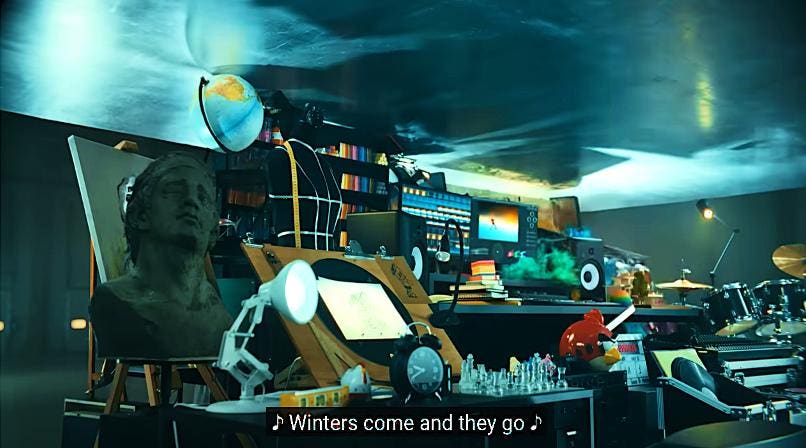The intersection of art and technology is reshaping creativity and audience engagement, with digital art forms, virtual reality, 3D printing, and artificial intelligence expanding artistic possibilities. However, this fusion also raises ethical and cultural dilemmas. One example is Apple’s recent advertisement, “Crush!”, featuring a hydraulic press crushing various objects to reveal an iPad Pro. While visually provocative, the ad sparks debate on the tension between technological progress and cultural preservation. It questions the cost of innovation and the value of traditional tools in shaping artistic expressions and societal values.
The ad’s focus on technological superiority suggests that traditional forms of creativity are obsolete, promoting the idea that technology can achieve creative perfection. This sets unattainable standards and overlooks the messy yet fruitful processes that characterize true creativity. Furthermore, the ad implies a future where traditional tools are not only outdated but destroyed, potentially leading to a homogenized culture. By pressuring viewers to embrace digital solutions over traditional mediums, the ad overlooks the value and irreplaceable qualities of heritage.
The narrative of the ad juxtaposes the past and the future, presenting them as mutually exclusive. It fails to acknowledge a middle ground where digital and traditional tools can coexist and enhance each other. Leveraging nostalgia and emotional manipulation, the ad implies that the destruction of the past in favor of technology is both innovative and desirable. However, this narrative overlooks the vital role of heritage in human culture and urges businesses to consider digital for good in their production processes to prevent the obsolescence of valuable cultural artifacts.
While Apple has issued an apology for missing the mark with the ad, it highlights the importance of understanding the audience’s perspective. The case poses questions about demographic representation, evaluation of digital for good principles, feedback analysis, moderation of focus group sessions, and consideration of societal recommendations. Science provides insights into the world, while technology enables us to shape it into various potential realities. It is up to us to decide which reality technology enables for our future selves, including through advertisements that reflect our values and ethics for technological advancement.













